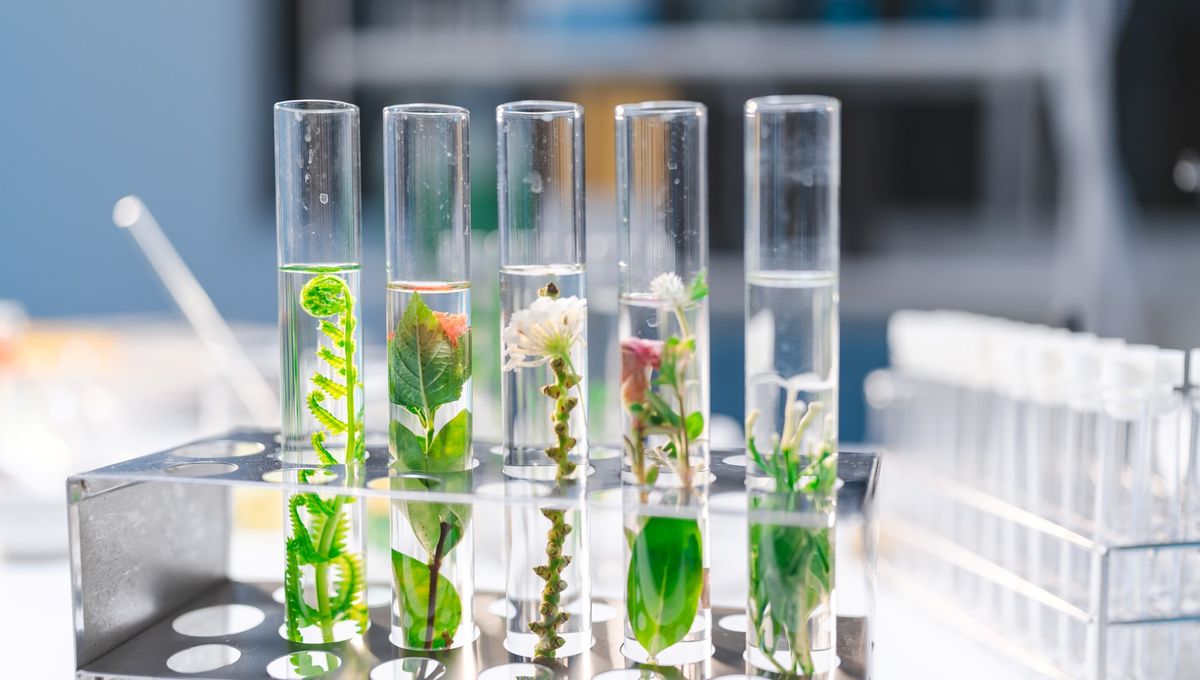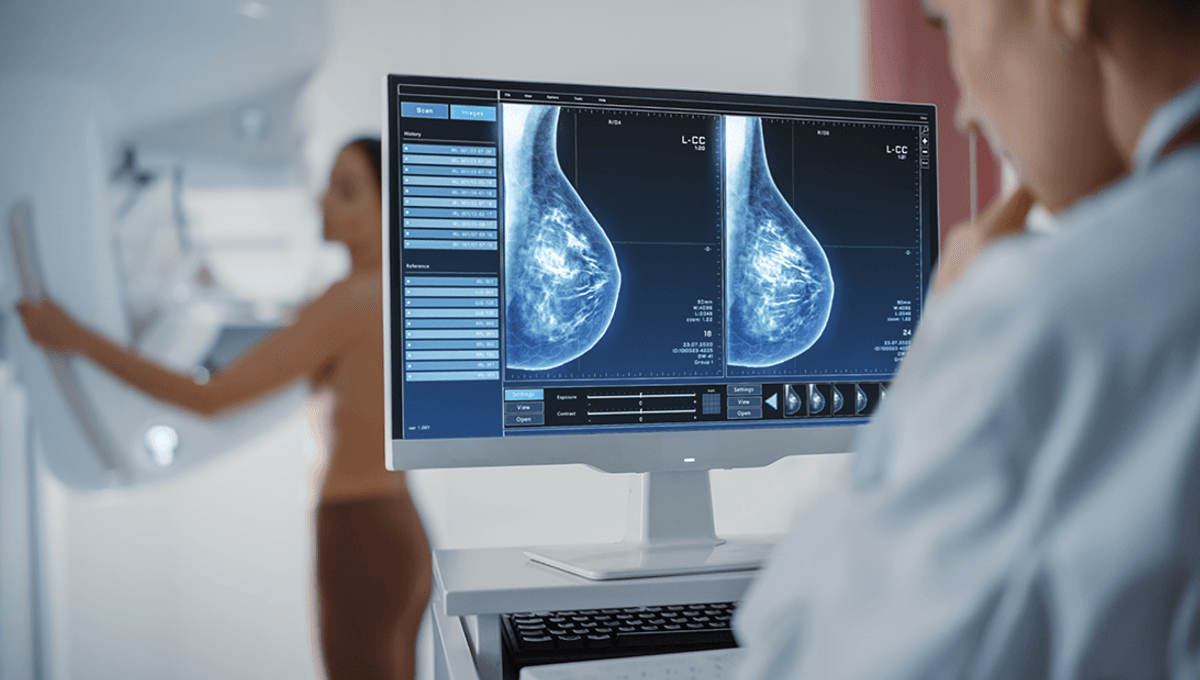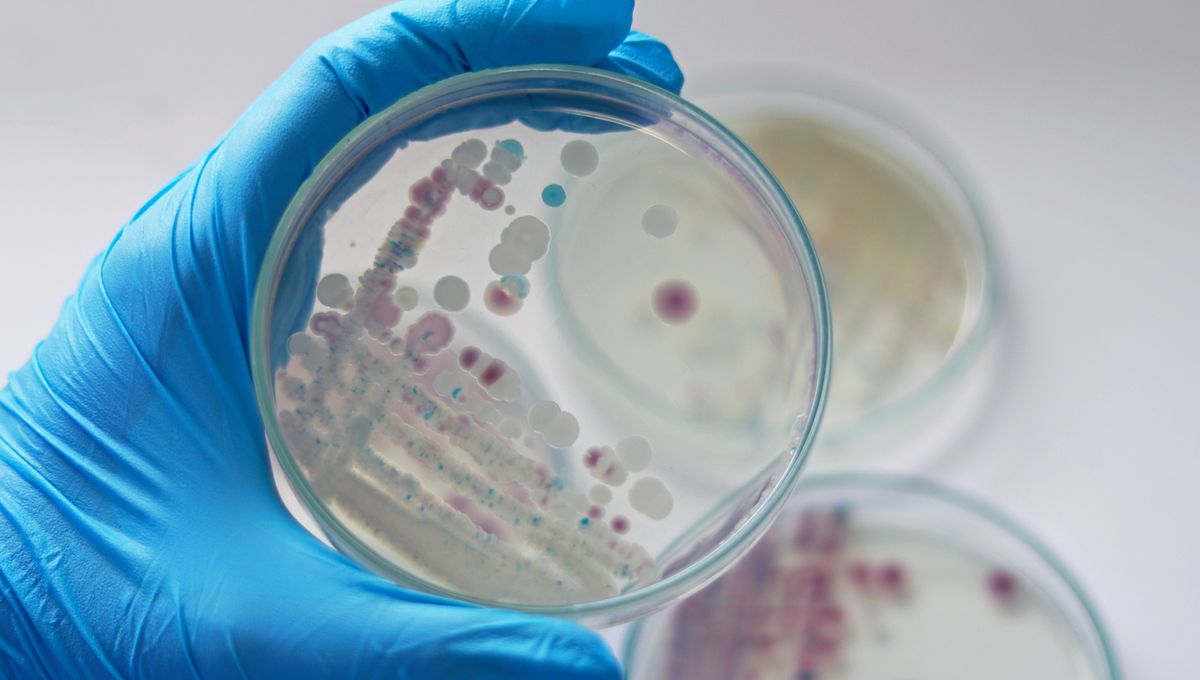When it comes to sustainability, laboratories are joining the movement to make their field greener. In traditional labs, there is a lot of wastage due to the use of new reagents, single-use plastics, and high water and energy consumption. However, the scientific sector has been increasing its focus on sustainability practices in recent years.
A recent survey has shed light on the progress of laboratory science in this regard.
Survey details
The survey targeted senior and top management positions in Germany, the UK, US, and China. It covered six different industries: life science research, pharmaceutical and biopharma, chemical and energy, environmental testing, food, and forensic/drug testing.
How are labs reducing their environmental footprint?
The survey revealed that many labs are actively addressing environmental issues. In fact, 82 percent of labs have implemented sustainability metrics, with 64 percent reporting medium to high levels of success in meeting their sustainability goals.
Various industries are focusing on key areas to reduce their environmental impact:
- Carbon and greenhouse gas emissions: 72 percent of labs are working on reducing emissions.
- Water and energy consumption: 68 percent are optimizing water and energy use.
- Waste management: 60 percent are improving waste management techniques.
Initiatives and education policies are being implemented worldwide, including routine evaluations and monitoring. Success in achieving sustainability goals relies on organized protocols, initiatives, education, and training to increase awareness.
Instrument choice is crucial
Instruments are the backbone of any laboratory, and their sustainability is a top concern when purchasing new or updated equipment. The survey found that 74 percent of labs would not work with a vendor that does not have certified sustainable instruments following environmental standards.
“Vendors like Agilent have a key role to play in improving lab sustainability, not just technologically, but as operations partners that work with labs to maximize their assets and performance.”
Neil Rees, Head of ESG Programs at Agilent Technologies
85 percent of labs consider whether the chosen analytical instruments can support emissions reduction. Additionally, labs prioritize appropriate recycling services for old equipment to combat the issue of electronic waste and landfills. Some labs are even willing to pay extra for this service.
According to Neil Rees, Head of ESG Programs at Agilent Technologies, “Agilent offers trade-in and buyback opportunities on lab assets to support environmentally responsible disposal and sustainability goals.”
The survey covered various industries, providing insight and comparison. All industries showed high adoption rates of sustainability metrics, ranging from 72 percent in forensics to 87 percent in chemical energy and pharma/biopharma.
Industries also focused on managing resource consumption, with life sciences at 88 percent and forensic/drug testing at 100 percent.
Lastly, industries aimed to reduce global greenhouse gas and carbon emissions, with pharma/biopharma at 84 percent and chemical energy at 92 percent.
What does all of this mean?
Sustainability is about efficiency, and sustainability metrics enable informed business decisions and improvements in efficiency. It’s about being competitive in business, running labs effectively and efficiently, and making a positive impact on the world.
Overall, it is crucial for industries to address sustainability issues and set targets for their laboratories.








